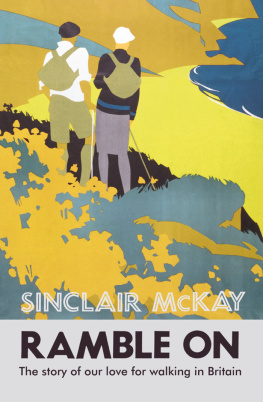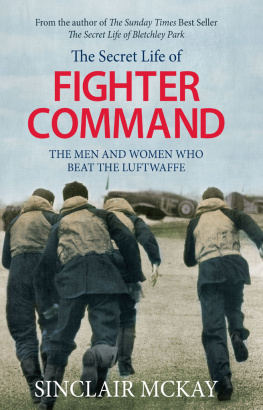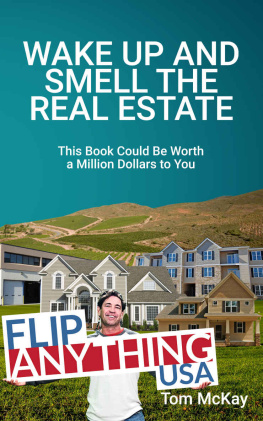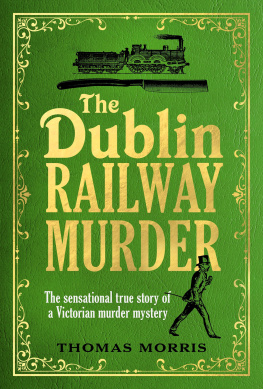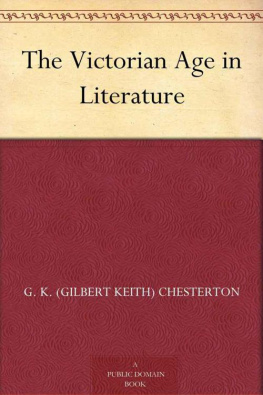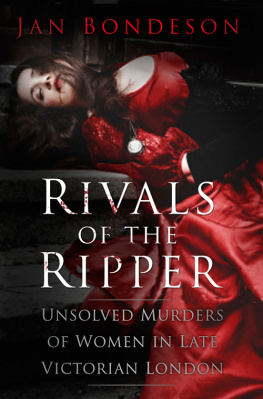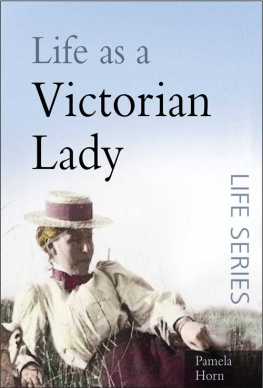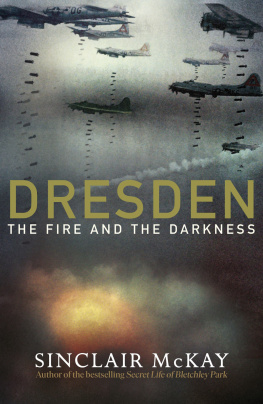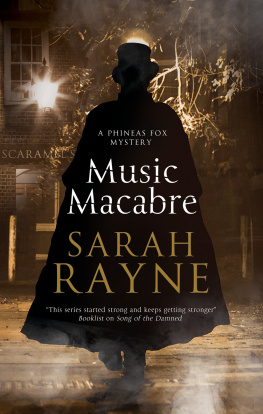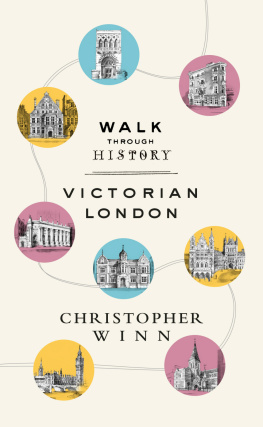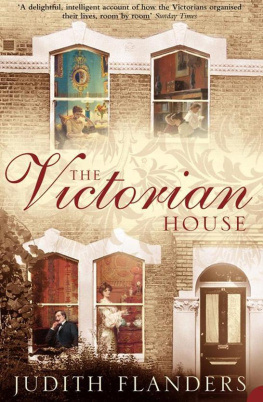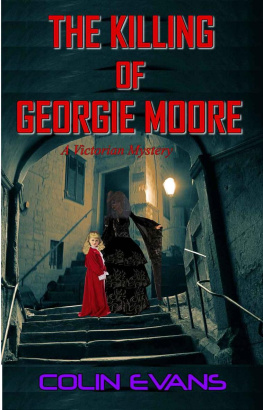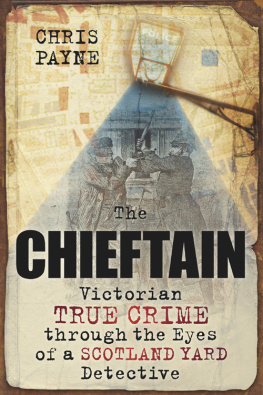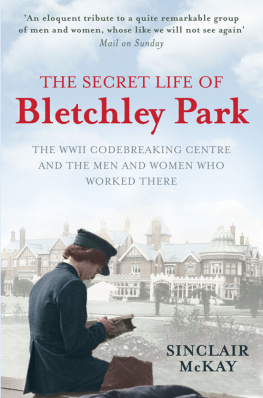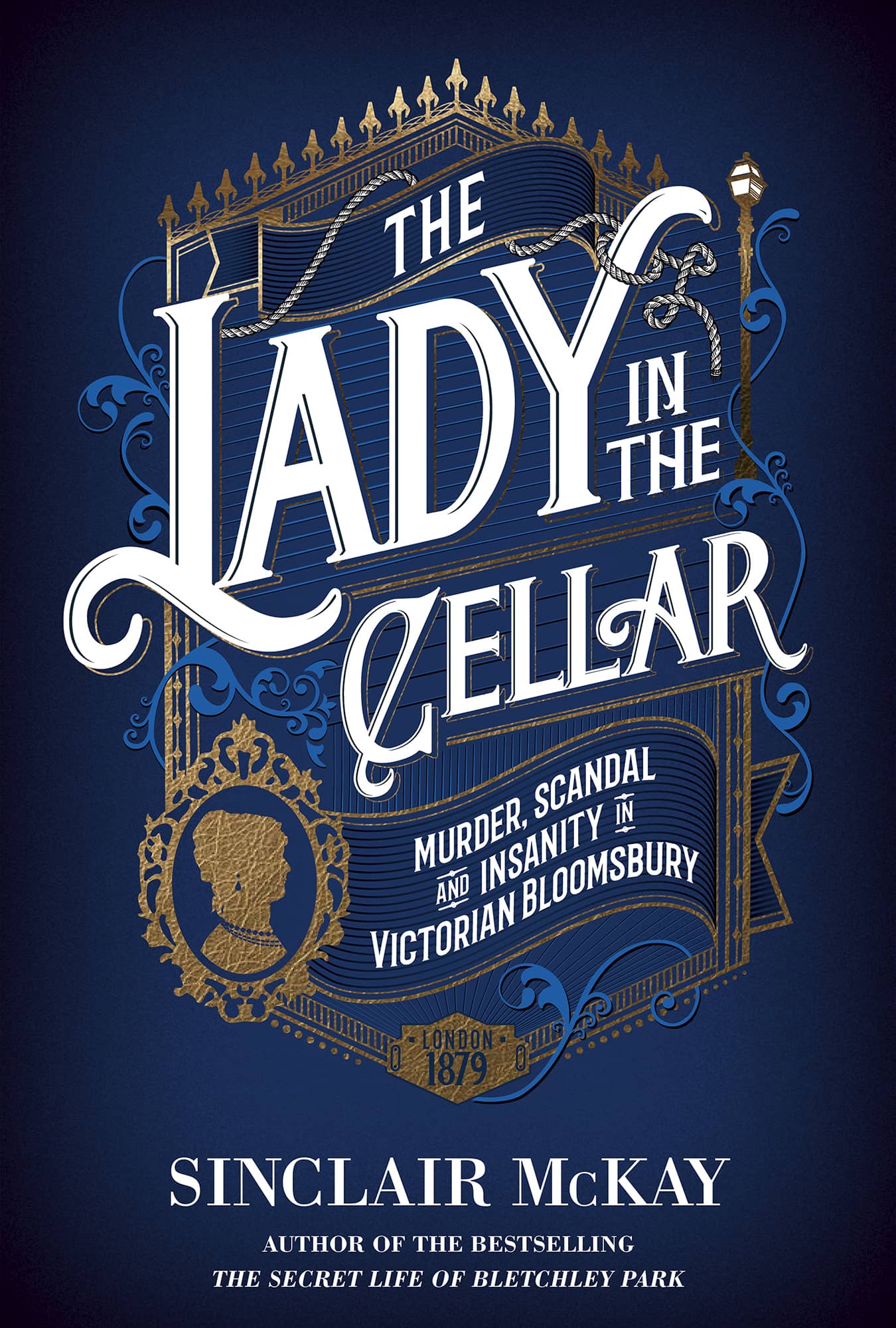Murder, Scandal and Insanity in Victorian Bloomsbury
SINCLAIR McKAY

Preface The Dislocation of the Dead

B efore its notoriety, the house presented an impeccable and genteel face to the city.
It stood four storeys tall, in the middle of a long, elegant Georgian terrace. The cream stucco frontage, the large French windows overlooking the leafy garden square, the covered, tiled porch before the front door and the first-floor balcony with decorative canopy above for shelter, spoke of some refinement. There were handsomely wrought, black ironwork railings, in front of steps that led down to a basement.
In that basement area, there was a door to the scullery and kitchen, and also a door to cellars that ran beneath the pavement above. These cellars were expressly intended as stated in the leases for the houses in this terrace for both coal and wine. The house changed in different lights; if the spring evening burned with a crimson sunset, for instance, the stucco would glow a reflected pink, then a mesmerising lavender, against the darkening eastern sky.
So any prospective tenant approaching the smart black-painted front door of 4, Euston Square, in 1879, might without any difficulty have imagined themselves a person of some distinction. And any servant coming to work here might lose themselves in daydreams of ownership. Within these walls were people who both knowingly and otherwise took on new identities.
Yet this prosperous-looking home stood just on the border of quite another kind of world. At the back of the house, at the very northern tip of Bloomsbury, and in the mews and the dusty streets and alleys of Somers Town beyond, the refined air gave way sharply to the heavy iron percussion of the railways. There was the grand classical terminus of Euston, its passenger locomotives pointing to the northern night; the goods trains feeding the sooty coal depots; towering cylindrical gas holders standing by the slick, thick oily canal; terraces of more ramshackle properties stained a permanent charcoal by the smoke. This district was a portal: into the great terminals including nearby St Pancras and Kings Cross came countless newcomers to the city, from around the country, and from lands beyond.
London was seething with reinvention; and in order that its new, modern identity become fixed, the past was being exhumed.
Quite close by to the house in Euston Square, the ancient churchyard of St Pancras Old Church had, just a few years previously, been dug up to make way for train platforms and marshalling yards; centuries-old gravestones were extracted like old teeth, carried to the other end of the remaining graveyard and then rammed back into the earth, clustered tightly against each other around an old ash tree in an extraordinary circular pattern of pagan supplication. In charge of this melancholic operation was the poet and novelist-to-be Thomas Hardy. There were many bones pulled from the soil too, which had suddenly protruded, yellow, under the digging works; bodies that had lain at peace in that earth for decades were now obliged to find a new home: a pit was shovelled out for their new communal resting place. There had been terrific public disquiet about disturbing the remains for such nakedly material reasons. Even in an age of enterprise and velocity, there were still strong superstitions concerning the disposition and the displeasure of the dead.
The horse-drawn traffic to Euston station was continuous. The hansom cabs would turn off the Euston Road which had been widened to allow cattle-driving from the Caledonian Market a mile away, and which also had embedded rails for horse-drawn trams and drive along the thoroughfare that divided the square. In 1879, one tram company was trying an experiment: some vehicles were drawn by mules especially imported from Spain. Large wheels whirred and crunched on the frequently moist, gravelly road. Yet the ceaseless movement did not affect the charm of Euston Square.
It had been built in the earlier part of the nineteenth century, some time before the first railways had been laid. At that time, the square formed part of a nexus with other Bloomsbury streets; the building of these houses had been a speculative venture and it had paid off. Here were to be found wealthy residents: distinguished gentlemen; ladies with titles from old families.
By 1879, the social composition had altered a little. Ladies and gentlemen of quality still abided there, among them doctors and retired military men and clerics; but now there were also what the newspapers were beginning to refer to as the bourgeoisie: writers, artists, skilled craftsmen. The brother of Pre-Raphaelite painter Dante Gabriel Rossetti had recently settled on the south side of the Square. Euston Square had its reputation, and there was a distinct community that kept a watchful eye on its newer neighbours.
Unlike nearby Torrington Square which was gated and bordered with rails to discourage non-residents Euston Square was open to all. But its smarter residents were continually vigilant for any tokens of transgression. Young, unaccompanied ladies who seemed to linger too long in the shades of night were scrutinised carefully from windows.
The district had a youthful feel and, on warm spring evenings, there were young promenaders, some returning from nearby Regents Park: women dressed in the brightest of the colours that chemists were now able to manufacture mauves, hypnotically deep blues, startling yellows. Their young gentlemen companions, sporting smart brocade waistcoats and silk ties, might have had in mind a popular music hall song from the comic artiste William Billy Beau Bint:
I tell them my fathers a Marquis
But wouldnt society frown
If they knew that he shaved for a penny a time
In a little shop down Somers-Town.
Yet this was also the intellectual centre of London. Euston Square lay just a few streets to the north of Londons university, plus the Reading Room of the British Museum. In 1879, Karl Marx was in there almost every day. He travelled down from his house in the northern suburb of Haverstock Hill, but he was always more associated with Bloomsbury. Continental socialists, who had yet to use his name to define their beliefs. were to be found in the pubs in the streets around Euston Square. In the 1870s, one policeman was asked by a young French man the directions to a particular pub. The constable told the young man exactly where it was, adding drily that all the anarchists went there. Among these young Europeans were those who went beyond fiery rhetoric: the German exile Johann Most was preaching in nearby Charrington Street pub back rooms, about the use of dynamite and bullets. No great movement has ever been inaugurated without bloodshed, Karl Marx told the editor of the Chicago Tribune in 1879. Yet many of Marxs fellow immigrants to London felt uncomfortable about such sentiments; they had left tumult on the continent and had come to this city precisely to find peace.
Euston Square, and others like it nearby, had for some time proved particularly attractive to recent immigrants. London was rich in opportunity and offered the stability in which skilled businessmen and tradesmen and artisans could flourish and build their fortunes.


